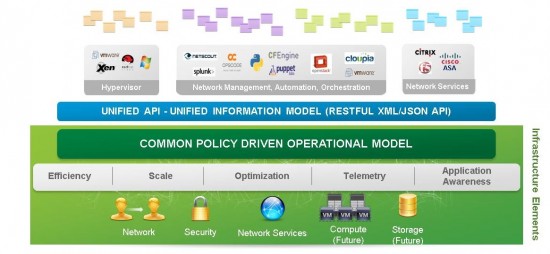There’s no question that more people around the world are connecting to wireless networks at home, work and play via mobile devices, such as smartphones and tablets. This rise in mobile device usage begs the question: How soon will it be (if not already) before these mobile devices dominate the mobile network, especially in the workplace?
 Just recently, I read an article in Forbes, by Louis Columbus, that addresses the issue of increased mobile devices and unprepared network infrastructures. The article examines a study by IDC that predicts that 87% of sales for connected devices will be tablets and smartphones in next four years. As many employees prefer working from their own mobile devices, corporate networks, as they’re currently designed, will not be capable of successfully managing such a large volume of mobile data traffic generated by these mobile devices. With such expansive growth expected, the majority of businesses will either need to adapt an existing strategy to support this increase in mobile devices or adopt a new strategy.
Just recently, I read an article in Forbes, by Louis Columbus, that addresses the issue of increased mobile devices and unprepared network infrastructures. The article examines a study by IDC that predicts that 87% of sales for connected devices will be tablets and smartphones in next four years. As many employees prefer working from their own mobile devices, corporate networks, as they’re currently designed, will not be capable of successfully managing such a large volume of mobile data traffic generated by these mobile devices. With such expansive growth expected, the majority of businesses will either need to adapt an existing strategy to support this increase in mobile devices or adopt a new strategy.
Currently, there is a clear need for enterprises to better prepare and invest in their IT infrastructure. As more employees use their own devices at work for business and personal use, it’s imperative that business organizations require a secure mobile device and BYOD strategy to accommodate their business needs and employee preferences. However, the decision to adopt BYOD comes with a set of challenges for IT organizations.
Many of the benefits of BYOD, such as having the choice of device and anywhere, anytime access, are somewhat adverse to traditional IT requirements for security and support. In the past, IT pre-determined a list of approved workplace devices, typically a prescribed desktop, laptop, and perhaps even a small, standardized set of mobile phones and smartphones. Employees could choose among these devices, but generally were not permitted to stray from the approved devices list. With BYOD, IT has to approach the problem differently. Continue reading “Mobile Devices Will Transform Your Business IT”
Share:
 Just recently, I read an
Just recently, I read an 
CONNECT WITH US